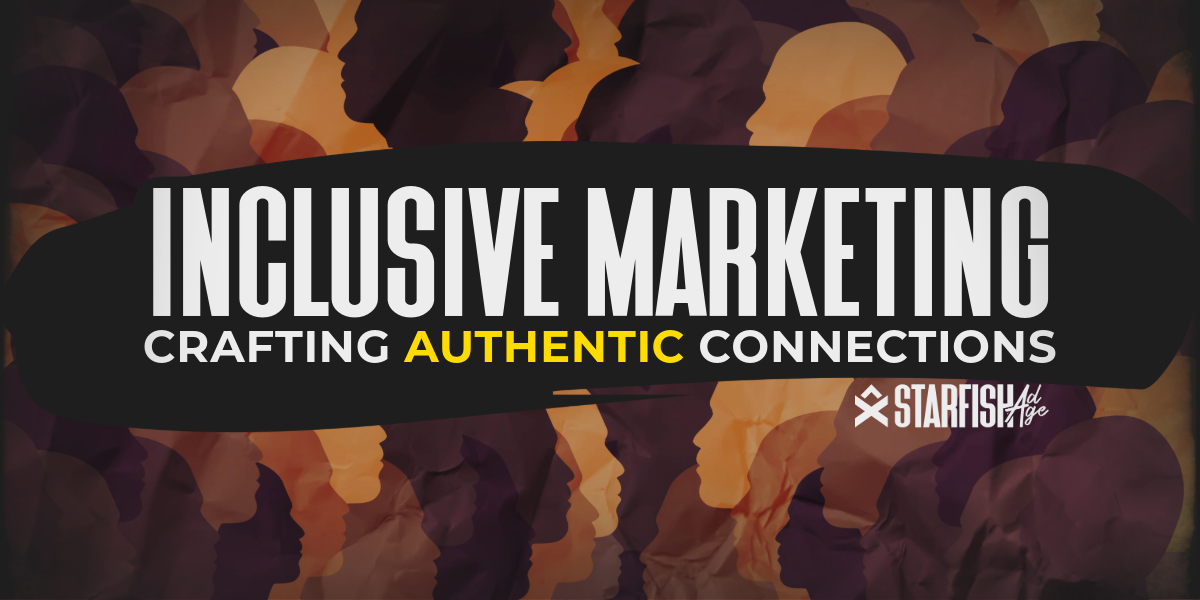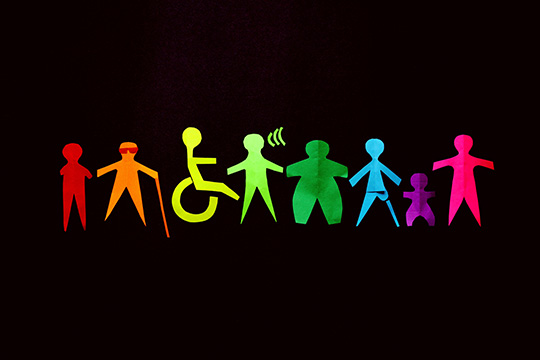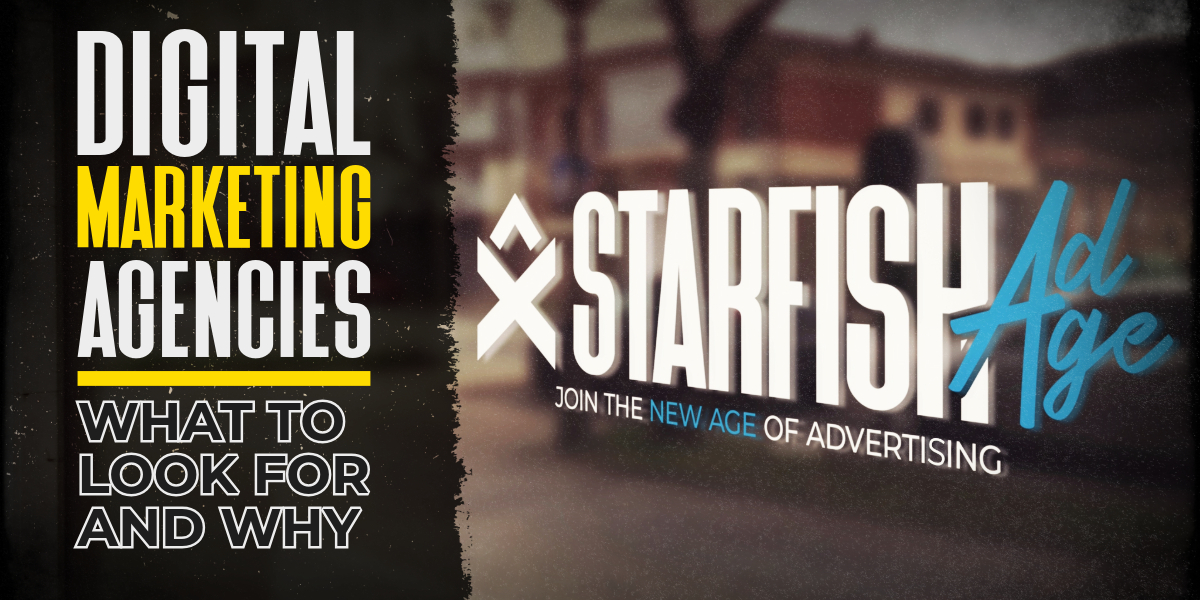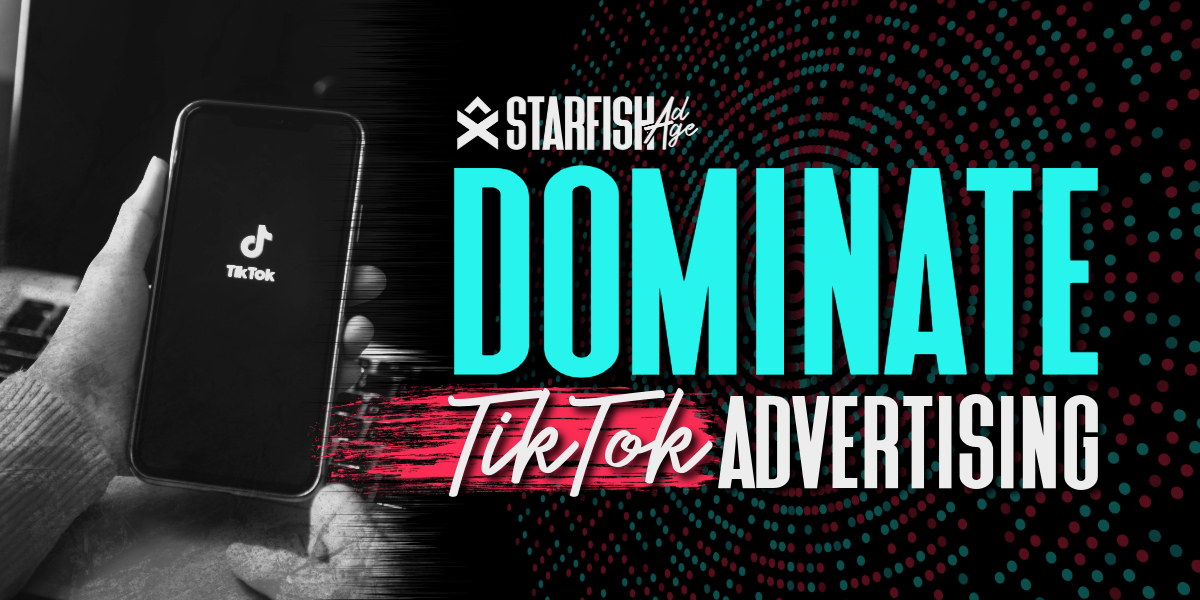
14 Digital Marketing Solutions to Grow Your Business
14 Essential Digital Marketing Solutions to Boost Your Business Growth

What is inclusive marketing, and how can it transform your brand’s relationship with diverse audiences? In essence, inclusive marketing is the practice of creating campaigns that acknowledge and respect the variety of consumer backgrounds, experiences, and identities. It goes beyond ticking diversity checkboxes; it’s about embedding equity and genuine representation into the fabric of your brand’s messaging. Integrating these principles is not just a moral imperative but also a strategic move that can elevate your brand loyalty and growth. This article will guide you through understanding, crafting, and measuring the impact of inclusive marketing strategies.

Inclusive marketing goes beyond being a temporary trend and instead brings about a major shift in traditional marketing methods. It is not just one specific technique, but rather an approach that integrates diversity, equity, and inclusion into all aspects of the marketing process to form the foundation of a comprehensive plan. By engaging with diverse customers from different backgrounds, experiences, and perspectives, inclusive marketing has the potential to greatly increase brand loyalty and involvement while also promoting positive societal change.
At its core lies inclusivity, which encompasses various forms of diversity such as age range, appearance, ethnicity, and gender identity. This involves using language that includes everyone, regardless of their background or representation, through authentic casting choices that challenge stereotypes commonly seen in media portrayals. This genuine inclusiveness dives deeper than surface-level representation by incorporating it throughout every step of a brand’s overall strategy for a successful market.
Developing comprehensive marketing strategies that effectively reach and resonate with diverse audiences involves a systematic approach. To produce impactful campaigns, it is crucial to have a well-planned marketing strategy in place. This requires a thorough understanding of your target audience, creating messages that reflect their experiences, and continuously evaluating the impact and receiving feedback on the campaign’s effectiveness.
Developing inclusive campaigns begins by understanding the demographics, preferences, and needs of your target audience. This requires thorough research using techniques such as interviews, surveys, social media analytics, and focus groups to gain insight into elements like race, ethnicity, gender, sexual orientation, and ability. Having a comprehensive understanding of these diverse factors can help make content more relevant and engaging.
To know your current audience well, it is also important to identify potential segments that align with the values of your brand. By studying data on consumer behavior, keyword search trends, and actively engaging with customers, you can discover unmet needs within various markets, which may present new growth opportunities. Embracing global diversity in branding allows businesses to adopt an inclusive marketing approach.
Crafting significant messages in inclusive marketing transcends mere information dissemination. It involves establishing a sincere and potent connection with the target audience. Authentic messaging in inclusive marketing reflects the true diversity of the world, respects and values all individuals, and resonates with a broad audience. The strategies for creating such empowering content include deeply understanding your audience, using inclusive language that reflects diversity, and addressing potential biases preemptively.
Inclusive marketing also plays a crucial role in breaking down stereotypes. By embracing and representing diverse and underrepresented groups, it challenges traditional norms and avoids unrealistic portrayals of minority groups. This approach is a key aspect of diversity marketing, which aims to cater to the needs and preferences of diverse audiences.
It is crucial to evaluate the impact and response of inclusive campaigns to continuously improve. One effective way to measure the success of such marketing strategies is by utilizing social listening tools for sentiment analysis and brand sentiment monitoring, which can provide valuable insights into how your audience perceives your brand and assess the effectiveness of diversity initiatives.
To gather feedback on these campaigns, various methods, such as focus groups, surveys, interviews, and user testing, can be employed. These tactics help ensure that a diverse range of individuals are represented in campaign messaging while also addressing their unique needs and preferences. It’s important not only to collect quantitative data like sales numbers or customer satisfaction rates but also qualitative information that reflects an organization’s goals about inclusion.
The evaluation process for determining the efficacy of inclusive marketing efforts goes beyond simply analyzing engagement metrics. It involves carefully assessing public perceptions and sentiments toward a company’s culture and overall image. By considering factors like diversity within its target market base along with opinions from customers about inclusivity-driven initiatives, organizations gain invaluable insight regarding how well they’re meeting objectives related specifically toward showcasing more equitable values associated uniquely among brands’ audiences (or sometimes new ones being discovered during diversifying one).

Inclusivity extends beyond physical boundaries to encompass the virtual world. The concept of digital accessibility ensures that all individuals, including those with disabilities, can access and use websites, applications, and other forms of digital content. This is achieved through measures such as providing alternative text for images or captions, using appropriate color contrast, and considering diverse audience needs.
When creating accessible content for people with disabilities in their marketing strategies, businesses should keep these key aspects in mind: incorporating accessibility into work processes, avoiding complex tables, and adding accurate alternative text descriptions to visual elements like images. Utilizing ARIA landmarks within web-based material, among others. By implementing such features aimed at improving usability by different users, businesses can successfully engage a wider range of consumers while still ensuring equal access to vital information.
Inclusive marketing surpasses the simple goal of reaching a larger audience or increasing profits. It fundamentally embodies corporate social responsibility. By prioritizing inclusion, businesses can contribute to creating positive societal changes and promoting an all-encompassing society through their marketing strategies. The convergence of inclusive marketing with principles of corporate social responsibility allows companies to genuinely connect with diverse audiences, develop culturally relevant products and services, and foster meaningful connections.
Numerous successful enterprises, such as Patagonia, TOMS, Ben & Jerry’s, and Starbucks, have successfully incorporated inclusivity into their efforts towards corporate social responsibilities by implementing various measures, including hiring practices that promote diversity, product accessibility programs targeting specific communities, and advertising campaigns centered on inclusiveness.

While having diverse representation is a positive step, truly inclusive experiences drive progress even further. This means not only showcasing individuals from different backgrounds but also ensuring that all elements of marketing, including messaging and experiences, are inclusive and resonate with diverse audiences. Embracing diversity and inclusion in marketing strategies is crucial for businesses to succeed in today’s global market.
Establishing an inclusive brand image is an ongoing endeavor. It involves showcasing diverse individuals, stories, and experiences consistently across all marketing channels. Brands must ensure that their values align with those of their prospects and customers, thus enhancing their brand image. Such an approach allows companies to connect authentically with diverse audiences, tapping into new markets and developing culturally relevant products and services.
Companies can achieve this by using various forms of content, like images, videos, and stories, that genuinely showcase different people and perspectives while consciously avoiding stereotypes. Using design elements such as type, color, and imagery, complemented by an inclusive tone of voice, also significantly enhances this authentic representation.

Involving diverse talent in marketing and advertising efforts plays a pivotal role in producing authentic content. It fosters better collaboration and creates stronger connections between brands and customers, ensuring the content resonates with a broader audience. Moreover, it contributes to attracting a wider audience by incorporating more voices and perspectives, which can lead to content that appeals to a broader and more diverse range of people.
Not only does engaging diverse talent help create authentic content, but it also fosters innovation in marketing initiatives. Diverse teams bring with them a multitude of perspectives, encouraging creativity and problem-solving and driving innovation forward. Having diverse perspectives represented in marketing decision-making processes is crucial for ensuring that diverse experiences and viewpoints are considered, leading to more inclusive and effective marketing strategies.
Several successful brands have effectively incorporated inclusive marketing into their strategies, utilizing the power of authentic narratives and innovative approaches to inclusivity. These examples serve as models for others looking to incorporate these elements into their branding efforts.

Real stories have a unique power to resonate with audiences. By showcasing ‘real’ people who are more interesting than the stereotypes, these authentic representations create an emotional connection with the audience, compelling them to engage with the content. Brands such as Dove, Good American, and Fenty have adeptly harnessed the power of real stories, showcasing authentic experiences that deeply resonate with and empower diverse audiences.
Incorporating real stories into marketing campaigns significantly benefits underrepresented groups by fostering inclusive campaigns that deeply connect with diverse audiences. This approach elevates marginalized voices, drives better engagement, and strengthens customer relationships, ultimately helping to raise awareness and influence positive social change.
Notable campaigns that utilize real stories include:
The heart of inclusivity lies in innovation. Examples like Fenty Beauty have revolutionized the makeup industry by offering a wide range of foundation shades, prioritizing diverse teams, and using inclusive language and visuals.
Innovations that promote inclusivity can significantly impact customer loyalty and the perception of a brand. They foster stronger connections with customers, elevate underrepresented voices, and enhance their overall experience. This results in deeper bonds between customers and the brand as well as an increased likelihood for loyalty due to positive associations linked to its inclusive efforts.
Inclusive marketing is built upon a set of key principles. The central principle, authenticity, involves developing content that truly represents the diversity within communities by highlighting and empowering diverse voices. Another essential aspect is having an understanding of different perspectives to ensure that all audiences feel recognized, valued, and respected, ultimately leading to more creativity, innovation, and appeal for a wider audience.
The language used in marketing plays a crucial role in promoting inclusivity. It has the power to shape how campaigns are perceived and create an open atmosphere where everyone feels welcomed. Adapting a brand’s tone according to its target audience not only strengthens inclusion but also increases the effectiveness of marketing strategies.

Incorporating inclusivity into marketing strategies is not only a moral decision but also a strategic move for businesses. By prioritizing diversity and inclusion, companies can form stronger connections with customers, improve their brand image, and drive growth. Building an inclusive marketing approach allows businesses to establish themselves as leaders in the industry.
Several successful brands, such as Good American, Progressive, Häagen-Dazs, Target, Coca-Cola, Dove, and Always, have successfully utilized inclusive marketing techniques to stand out among competitors while genuinely connecting with diverse consumer bases. The advantages they’ve gained include a more positive perception of their brand reputation, increased customer loyalty, and expanded market reach thanks to embracing diversity within their core values in regards to both creating effective marketing campaigns to secure a long-lasting competitive advantage against other players on the market.
Inclusive marketing is a transformational approach that goes beyond simply featuring diverse individuals in advertisements. It requires understanding and embracing the unique needs and experiences of various audience segments to cultivate genuine connections and promote positive societal impact. By accurately reflecting society, representing all forms of diversity, acknowledging diverse perspectives, using mindful language and tone, and committing to long-term change, businesses can develop inclusive campaigns that resonate with their diverse audiences.
Integrating inclusive marketing into your strategy not only benefits your brand’s reputation and customer loyalty but also contributes to building a more inclusive marketing strategy.
In the field of marketing, inclusivity involves acknowledging diversity in all its aspects, including but not limited to age, appearance, ethnicity, and gender identity. It also takes into account factors such as language proficiency, socioeconomic background, and physical and mental abilities. This approach recognizes that a target audience comprises diverse groups with varying backgrounds.
An example of inclusive marketing is Nike’s campaigns such as “Find your greatness,” “Until we all win,” and “Toughest athletes,” which aim to include and support diverse groups and create products for a diverse sporting industry.
Marketing that truly embraces inclusivity involves recognizing and celebrating the diversity present within your target audience. It requires crafting campaigns that connect with individuals from all walks of life, accurately representing real people in society.
Creating inclusive marketing campaigns involves first analyzing the demographics, preferences, and needs of your target audience. From there, craft authentic messages that reflect their unique experiences.
It is also important to measure the effectiveness and gather feedback from these campaigns to continually improve upon them.
Marketing that is inclusive aims to dismantle stereotypes by welcoming and featuring various underrepresented groups, questioning conventional expectations, and avoiding exaggerated depictions of minority communities. This fosters a society that values diversity and strives for equal representation.

14 Essential Digital Marketing Solutions to Boost Your Business Growth

Learn about SEO, PPC, social media marketing, content marketing, and more to drive traffic and conversions. Read now!

Learn how to select the best digital marketing agency for your small business, the benefits of hiring an agency, and tips for maximizing your online presence.

Learn how to leverage TikTok advertising, ad formats, targeting options, and best practices to increase brand awareness, and drive sales.

Learn about Connected TV (CTV) ads, their benefits, and how they work. Understand programmatic CTV advertising for effective digital marketing campaigns.
All Rights Reserved | Starfish Ad Age LLC | 2023 | Privacy Policy